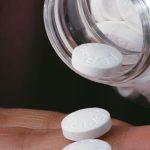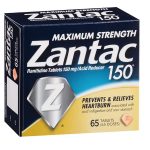
It’s hard to beat the comfort quotient of a hot, bubbling dish of macaroni and cheese, but the fat and calorie overload can be a health disaster. Here’s how to make a lighter version with all the taste intact. Start by choosing a whole grain pasta such as spelt or a gluten-free quinoa pasta. These typically have double the fiber of processed white pasta, plus iron and important B vitamins. Besides cashing in on more nutrients, quinoa pasta is lighter in color than whole-wheat varieties, so the finicky eaters in your house won’t even notice the swap. This recipe gets a flavor boost from extra garlic and uses squash to replace part of the cheese. Squash boosts the vitamin A content of the dish and makes it thick and creamy without having to use a white flour-based roux. You can roast it fresh or buy it precooked and frozen. Lighter Mac ‘N’ Cheese 1 pound macaroni-shaped whole-grain or quinoa pasta 2 teaspoons olive oil 2 cloves garlic, minced 1/2 teaspoon garlic salt 1/4 teaspoon turmeric 1/8 teaspoon black pepper 1 cup skim milk 1/2 cup pureed squash (made with any hard squash such as acorn or butternut) 1-1/2 cups cheddar cheese, shredded Fill a large stockpot with water and bring to a boil. Cook the pasta according to the package instructions. Drain and set aside.… read on >

















